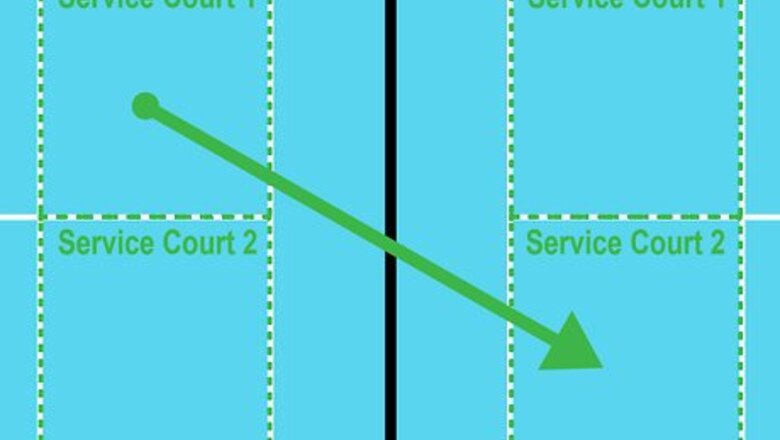
views
Learning the Service Rules

Serve diagonally. There are two service courts (as a whole there are four) on each side separated by a center line. The server must serve the shuttle, i.e., the ball, to the court that is diagonal to their court. For example, if you are standing on the left side of the court, from your perspective, you need to serve the ball to the right side of the court (or your opponent’s left court).
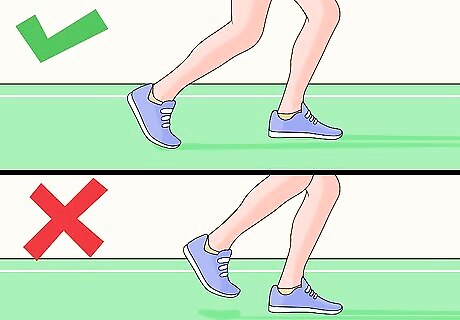
Be stationary. Some part of both feet must be touching the ground when you serve. In other words, one foot cannot be touching while the other is lifted. You can keep both feet in contact with the floor by standing on your tiptoes while you serve. However, you cannot drag a foot along the floor.
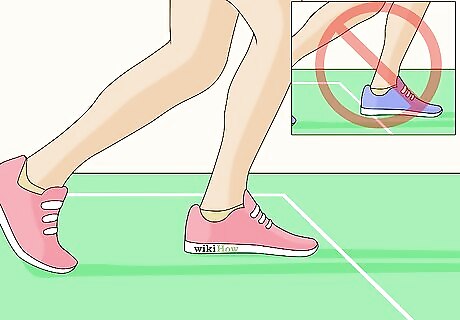
Stay inside the box. While serving, you must stay inside your respective box. You are not allowed to touch or cross the boundary lines while you are serving. However, you may lean forward or sideways so that your racket is outside of the court lines. The receiver of the shot must also stay inside their respective box.
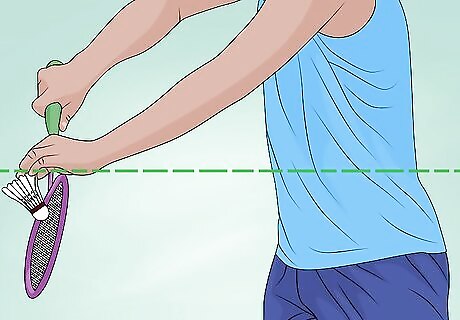
Hit the shuttle below the waist. When serving the shot, the shuttle must be below your waist at all times. Your waist is defined as the lowest part of your ribcage. Therefore, it is slightly higher than the line of your shorts. Feel for your lowest rib. The shuttle must be below this point when it comes into contact with the racket.
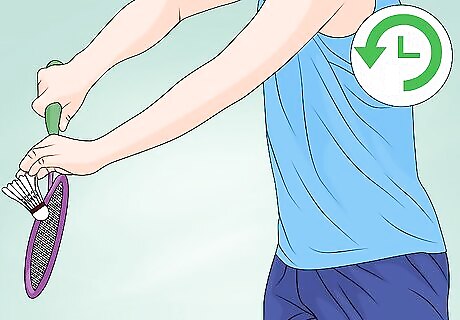
Do not take more than five seconds to serve. Once the game begins, do not take more than five seconds to hit the shuttle. If you do, the referee might rule a fault. While serving, you are not allowed to delay once you start to backswing the racket. In other words, there should be no delay between your backswing and forward swing; it should be one fluid motion.
Doing a Forehand Serve
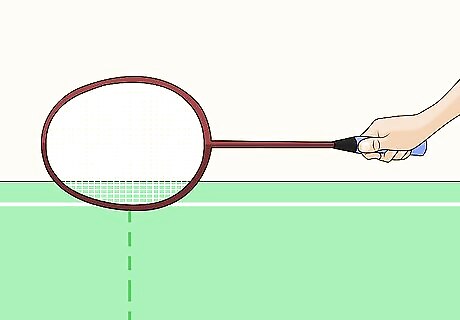
Grip the racket in a handshake grip. When gripping the racket, your hand should imitate the act of shaking someone’s hand. The head of the racket should be perpendicular to the floor when you hold the racket straight out in front of you.
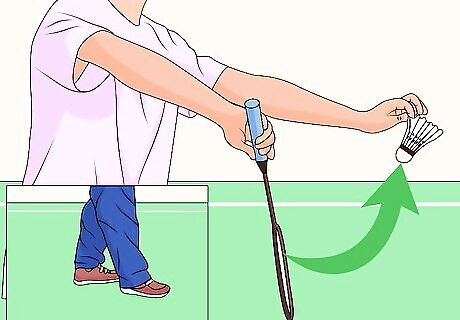
Cup the shuttle with your off-hand. Hold the shuttle from your body at a comfortable distance. Your arm should be relaxed, i.e., not locked or stiff. At this point, your racket should be cocked back in order to generate momentum to hit the shuttle, as opposed to underneath the shuttle. Stand with your legs shoulder-width apart. Your dominant foot should be back. Also stand near the center line.
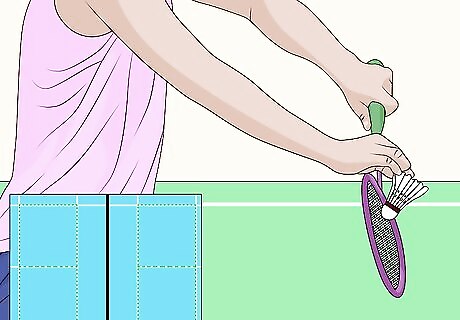
Hit the shuttle. With an underhand stroke, hit the bottom of the shuttle below your waist. Your arm should cross your body and end near your opposite shoulder on the follow-through. Remember to aim the shuttle toward the court that is diagonal from you. For short serves, the trajectory should be flat. This will force your opponent to return high. For long serves, the shuttle should travel high towards the back line. This will force your opponent to move back to return the shot.
Playing in Formation
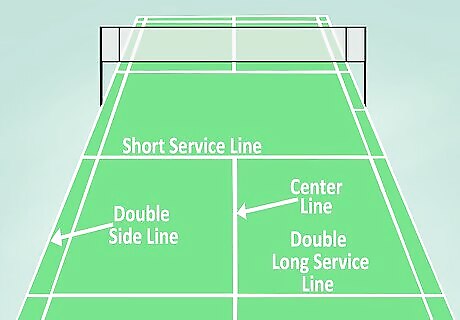
Familiarize yourself with the court lines. Double service courts are wider, but shorter than single service courts. The basic court lines for badminton doubles are: The center line. This is the line that runs perpendicular to the net and runs down the middle of each side. It separates the two service boxes. The doubles side lines. These are the outermost lines that run perpendicular to the net. The short service line. This is the line closest to the net, and runs parallel to the net. The line covers the width of the court. The doubles long service line. This is the second to last line near the back of the court. It is parallel to the net, and spans the width of the court.

Get into an attacking formation. An attacking formation is the ideal formation for you and your badminton teammate. An attacking formation is when one player is in the front of the court (usually the server assumes this position), and one player is in the back of the court, i.e., the defensive player. The defensive player usually stands right behind the setter. The setter, i.e., the front player, secures the net position by forcing their opponent to lift the ball. They also intercept a short defense or shot with a smash. The defensive player, i.e., the back player, usually fires powerful shots, like smashes, from the back of the court.
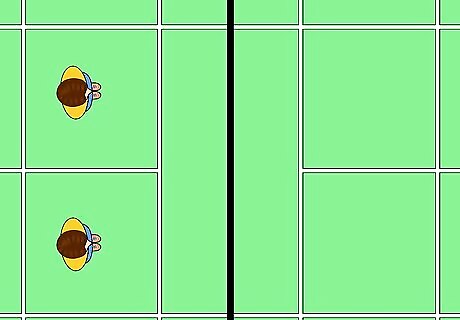
Assume a defensive formation. A defensive formation is when both players stand side by side covering their respective sides. It is the weaker formation of the two. It usually occurs when you or your teammate execute a high lift or high clear, which is a weak return. A high lift or high clear sets your opponents up to smash or net the ball, and thus, win a rally.
Strategizing with Your Teammate

Force your opponent to do a high lift. You can force your opponent to do a high lift by smashing the shuttle. The back player, i.e., the defensive player, usually carries out the smash. A smash shot travels downward toward your opponent’s court. Carry out a smash by adopting a forehand grip, i.e., the handshake grip. Raise both arms, and cock back you racket arm. Once the shuttle is at its highest point, swing the racket over your head, and hit the shuttle. Make sure to follow through with the swing. You also want to make sure you have good balance to get the most out of your swing.
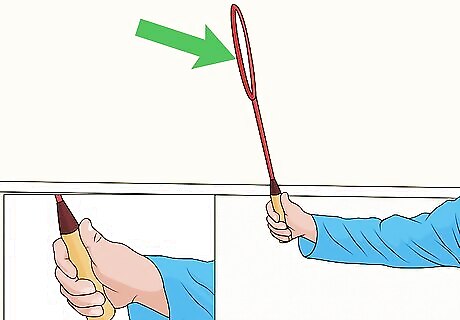
Do a net kill if you are a front player. Front players usually employ net kills. To do a net kill correctly, you will need to change the position of your hand. You will also need to do a short swing as opposed to a larger swing. Place your thumb behind the badminton handle. Only the pad of your thumb should be touching the handle. Make sure your racket is up before the shuttle arrives so you can make a short swing. If not, you will most likely make a larger swing than necessary and accidentally hit the net (called a fault), or hit the shuttle into the net on your side. Before hitting the shuttle, make sure your racket is on top of the shuttle, and you have a tight grip. Then, hit the shuttle downwards.
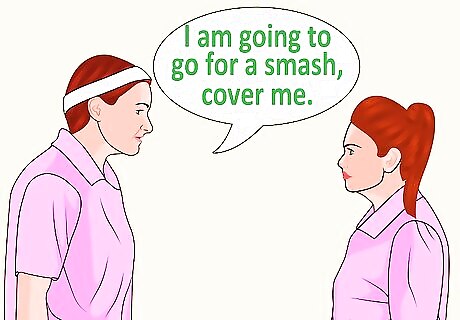
Communicate. Talk with each other. The name doubles implies partnership. You should maintain an open line of communication with your partner. Try to be aware of where your partner is in the court at all times. This prevents you from having to look back, and getting hit by the shuttle. Good communication will also prevent both of you from rushing toward the shuttle at the same time. For example, you can tell your partner what you plan to do before you start a rally. Tell them, “Hey, cover me, I think I am going to go for a smash on the next rally.” If your in the back of the court you can tell your partner, “I’m covering the back left side, cover the front right side.”













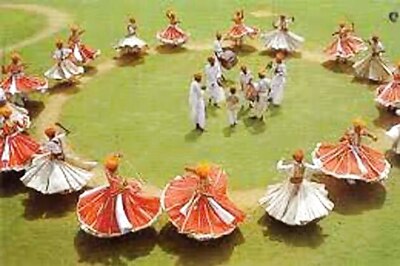

Comments
0 comment